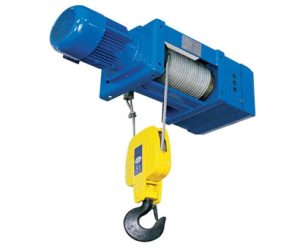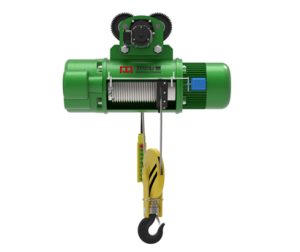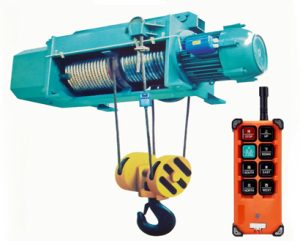The Imperative for Quiet Operation Indoors
Indoor facilities present a unique set of challenges. High noise levels can lead to:
- 1. Worker Fatigue and Stress: Constant exposure to loud noise is mentally draining and can increase stress levels.
- 2. Communication Barriers: Excessive noise makes verbal instructions and safety warnings difficult to hear, raising the risk of accidents.
- 3. 규제 준수: Many countries have strict regulations regarding occupational noise exposure (예를 들어, OSHA in the US, The Control of Noise at Work Regulations in the UK). Prolonged exposure above certain decibel levels requires hearing protection and can result in violations.
- 4. Environmental Disruption: In facilities like laboratories, clean rooms, or packaging areas, loud noise can be a major disruption to precision tasks.
A low noise electric hoist is specifically engineered to mitigate these issues, creating a more harmonious and productive work environment.

Key Engineering Features of Low Noise Hoists
The reduced sound output of these advanced hoists is not accidental; it is the result of deliberate design and precision engineering:
- 1. Premium Permanent Magnet Motors or Advanced AC/DC Systems: Unlike traditional gear-driven motors that generate significant noise through friction and vibration, low noise hoists often utilize efficient permanent magnet or specifically designed low-RPM motors. These systems operate more smoothly and quietly.
- 2. 정밀 가공된 기어링: The gearbox is a primary source of noise in hoists. Low-noise models feature hardened, spiral bevel gears that are machined to extremely tight tolerances. This precision ensures smooth meshing of the gear teeth, drastically reducing vibration, 연마, and the consequent noise.
- 3. Robust Enclosures and Dampening Materials: Manufacturers use sealed gearboxes not only to protect internal components from debris but also to contain sound. Furthermore, strategic use of vibration-dampening materials and insulated covers helps to absorb sound waves before they can propagate into the environment.
- 4. Optimized Braking Systems: Electromagnetic brakes designed for smooth engagement and disengagement prevent the jarring, loud sounds associated with older, mechanical brake systems.
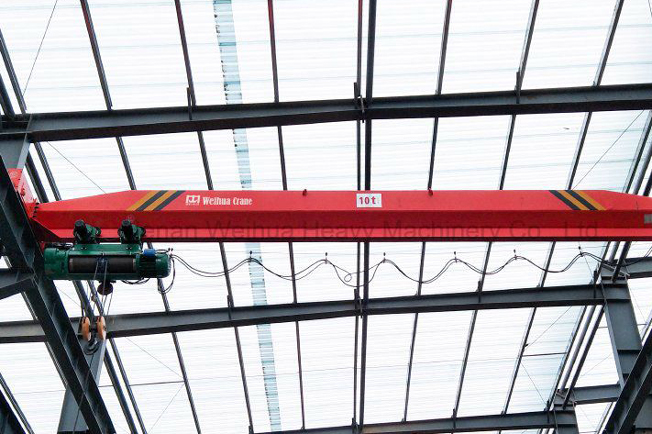
Tangible Benefits for Your Indoor Facility
Investing in a low-noise electric hoist offers a compelling return on investment:
- 1. Improved Productivity: A quieter environment reduces worker fatigue and improves concentration, leading to fewer errors and higher output.
- 2. 향상된 안전: Clear communication is vital for safe material handling operations. Reduced background noise allows operators to hear signals, warnings, and communicate effectively with spotters.
- 3. Regulatory Adherence: Easily meet workplace noise standards without resorting to extensive and often cumbersome hearing protection programs for all staff in the area.
- 4. Versatility: These hoists are ideal for a wide range of sensitive indoor environments, 포함:
-
a. Manufacturing and assembly lines
-
b. Warehouses and distribution centers
-
c. Laboratories and testing facilities
-
d. Food and beverage processing plants
-
e. Hospitals and medical device manufacturing
-
f. Libraries, museums, and retail spaces during installation
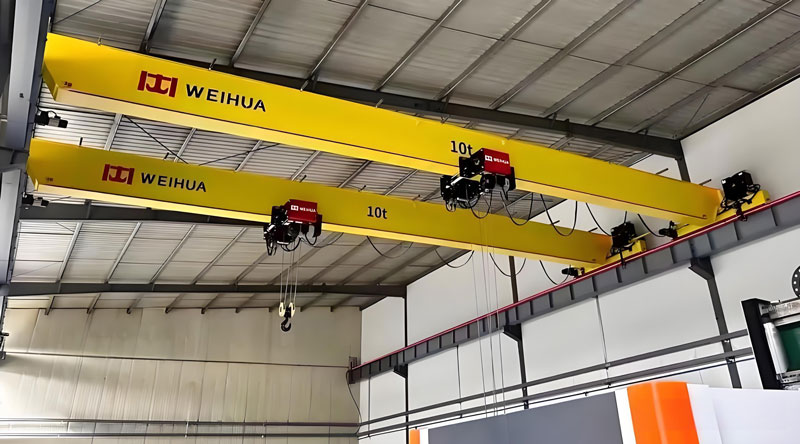
Choosing the Right Low Noise Hoist
When selecting a hoist for your indoor facility, consider:
- 1. Noise Level Ratings: Look for hoists that specify their sound pressure level (데시벨(에이)) measured at a certain distance. A truly “low noise” hoist will typically operate at levels below 65-70 데시벨(에이).
- 2. Duty Cycle and Capacity: Ensure the hoist meets your required lifting capacity (예를 들어, 500kg, 1 톤, 2 톤) and duty cycle (예를 들어, CMAA Class II or III).
- 3. 제어 옵션: Features like variable speed control contribute to quieter operation by allowing smooth, gradual acceleration and deceleration, preventing loads from swinging and reducing jarring movements.
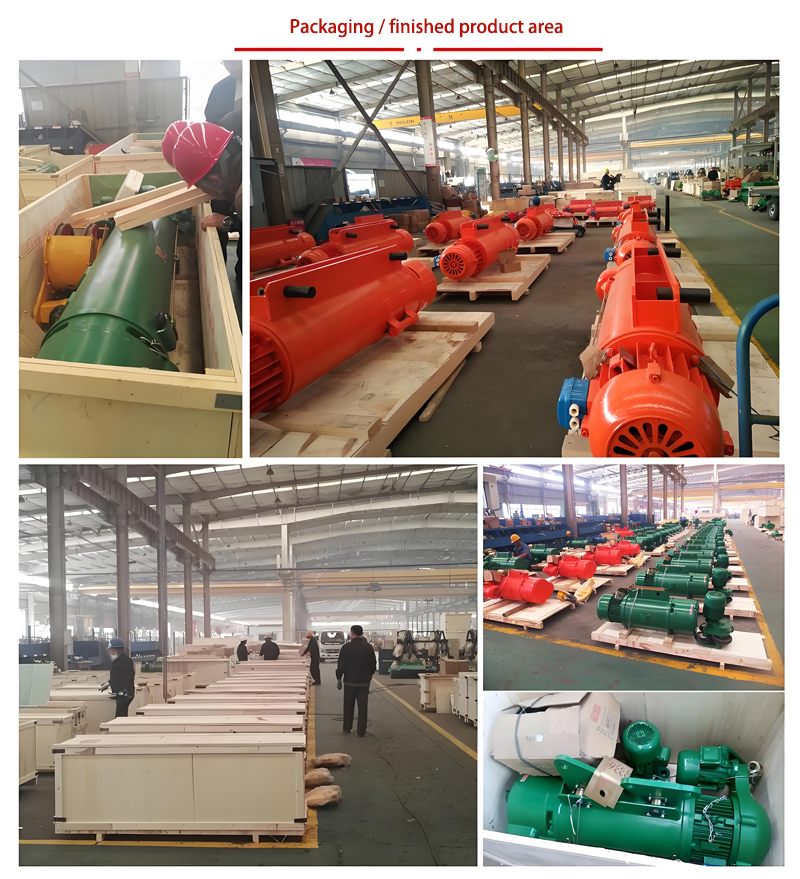
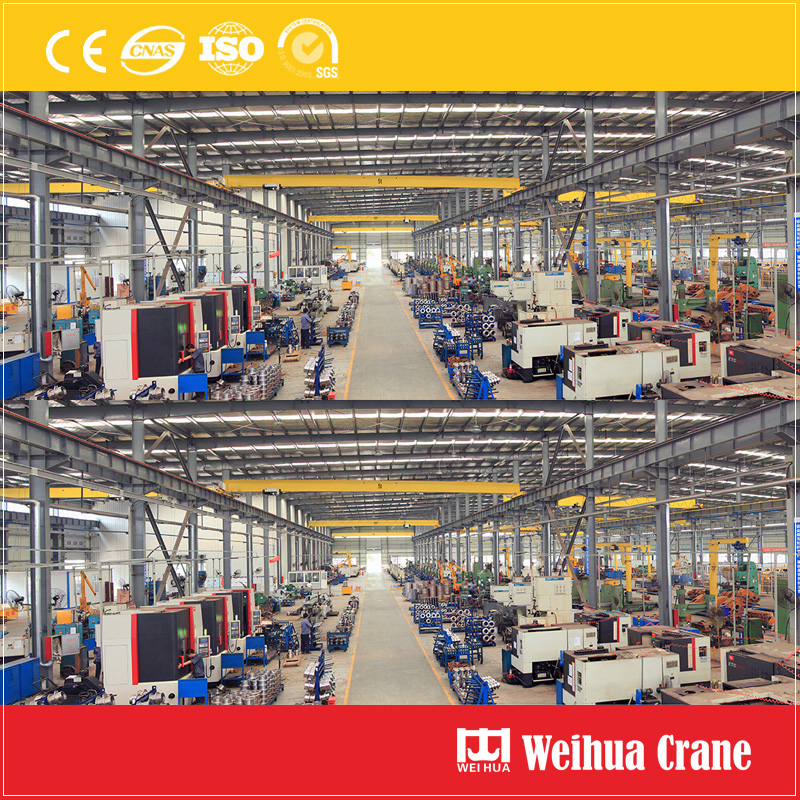
The shift towards low noise electric hoists represents a significant advancement in intelligent material handling. By prioritizing acoustic performance, facility managers can directly invest in the health, 안전, and efficiency of their workforce. More than just a piece of equipment, a low noise hoist is a strategic asset that fosters a better, safer, and more productive indoor environment, proving that sometimes, the best kind of progress is the quiet kind.






